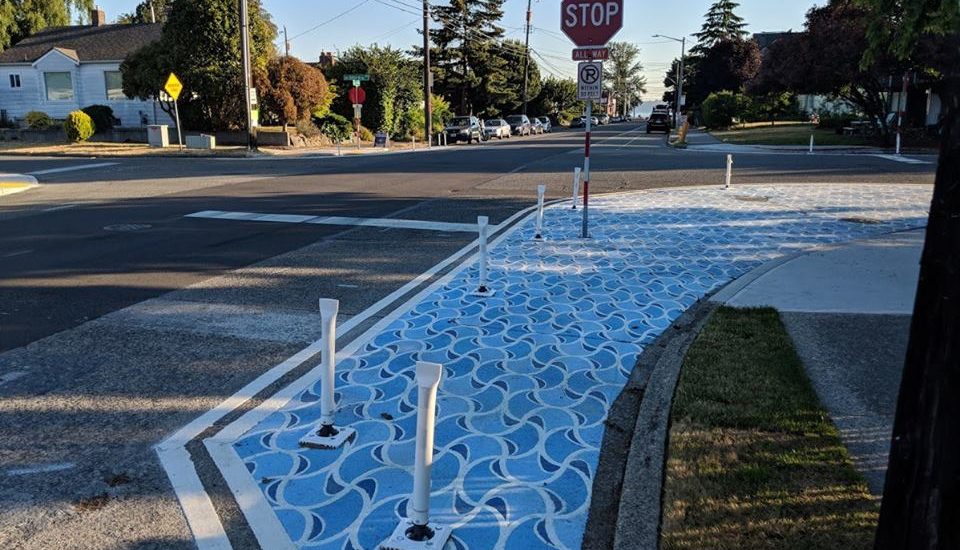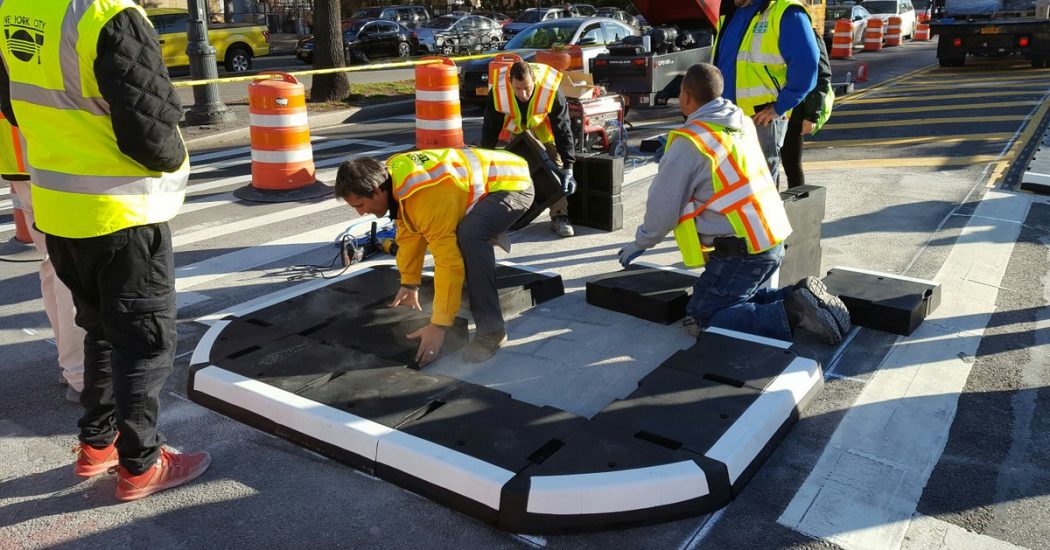KJIPUKTUK (Halifax) – You may recall the headline last year that Halifax had the highest number of road traffic collision insurance claims in Canada in 2017, and for the previous two years.
The media reports suggested this was all down to us being exceptionally incompetent drivers. And that our casual and careless attitude when crossing the road must be to blame – I’ll just wander out on the road without looking and expect every driver to stop on a dime. Classic Halifax.

Not so. The location of most collisions suggests our road infrastructure is a key factor behind the collisions – when’s the last time you saw or were involved in a collision at a signalized intersection? Likely it was not that long ago. Wide and busy signalized intersections with traffic lights that permit conflicting traffic flows could be a key factor behind our high accident stats. And a 50kph minimum speed limit for all roads, everywhere? Surely that creates a lot of needless danger without much benefit in terms of journey time.
Every time we leave our house by car, foot or bicycle to get to the shops, to work or drop the kids off at school we’re risking injury and even our lives on what could justifiably be labelled “Canada’s most dangerous roads”. And Canada is no shining example for road safety excellence.
But do not let that deter you from getting out and about! For years, HRM has been working on developing a road safety plan to make our roads safer for all users. That plan, allegedly costing $70,000, emerged recently and it looks lovely – there are some fabulous graphics and descriptions about road safety. However, one would hope that the plan would include some countermeasures (solutions) which address road safety issues, a budget, and a timeline stating what changes would be completed when and why.

None of this is present. Instead we are told that more data must be analyzed before we can identify what we might be able to do and where, however we lack the software to do that. So we don’t have a road safety plan, more a progress (or more accurately lack of progress) report which tells us what we need to do to obtain a road safety plan.
The unhappy stakeholders including the Crosswalk Safety Society were involved back in 2016 in the consultation phase of the road safety plan. Why was their input ignored? Why were they not consulted on a draft version of the plan? Understandably the situation is both frustrating and deeply worrying as we continue to hear about regular and serious incidents on our roads.
Dangerous roads affects us all. When we are not driving, cycling or walking ourselves, we are thinking of our more vulnerable family members and the danger they face – children getting about independently or playing by the road, or our elderly parents going to the shops or to see friends.
Safer roads means getting out and about in Halifax is both safer and more enjoyable for all. And we get make new choices – perhaps we can now cycle or walk to work now there is a safer route with improved crosswalks, intersections and cycle lanes.
Other cities in North America have looked hard at what they have and realized that decades of traffic focused infrastructure means they have much to improve safety for all. Surely all this comes at a huge cost though?
Seattle has painted the edges of some wide intersections and added some in road bollards and made the road surface smaller to make pedestrians more visible and reduce crossing distances.
New York has introduced pedestrian islands made from recycled truck tires to break up wide roads into manageable crossing distances.
New York has also reduced pedestrian and cyclist fatalities and severe injuries by 40% with a cheap and effective adjustment to existing traffic lights to give pedestrians a head-start on turning traffic. Here in Halifax, turning traffic gets a green light at the same time as pedestrians get the walk sign. Both pedestrians and vehicles move off at the same time and collisions are frequent.
These are just a few examples of simple but very effective and inexpensive changes which we also need to start doing in Halifax sooner rather than later. I look forward to seeing a road safety plan for HRM which actually includes a plan with a budget for necessary changes we need to make, and to a time when we will be able to get out and about to enjoy our very beautiful and friendly municipality without facing conflict and danger due to speeding traffic, lack of sidewalks and our many wide, difficult and confusing intersections.
See also: We can do better than Nova Scotia’s No Frills crosswalks
If you or family members are affected by the issues in this article, please join HRM Safe Streets for Everyone or contact the Crosswalk Safety Society if your local crosswalk lacks flags.
If you can, please support the Nova Scotia Advocate so that it can continue to cover issues such as poverty, racism, exclusion, workers’ rights and the environment in Nova Scotia. A paywall is not an option for us, since it would exclude many readers who don’t have any disposable income at all. We rely entirely on the kindness of occasional one-time donors and a small group of loyal monthly sustainers.



